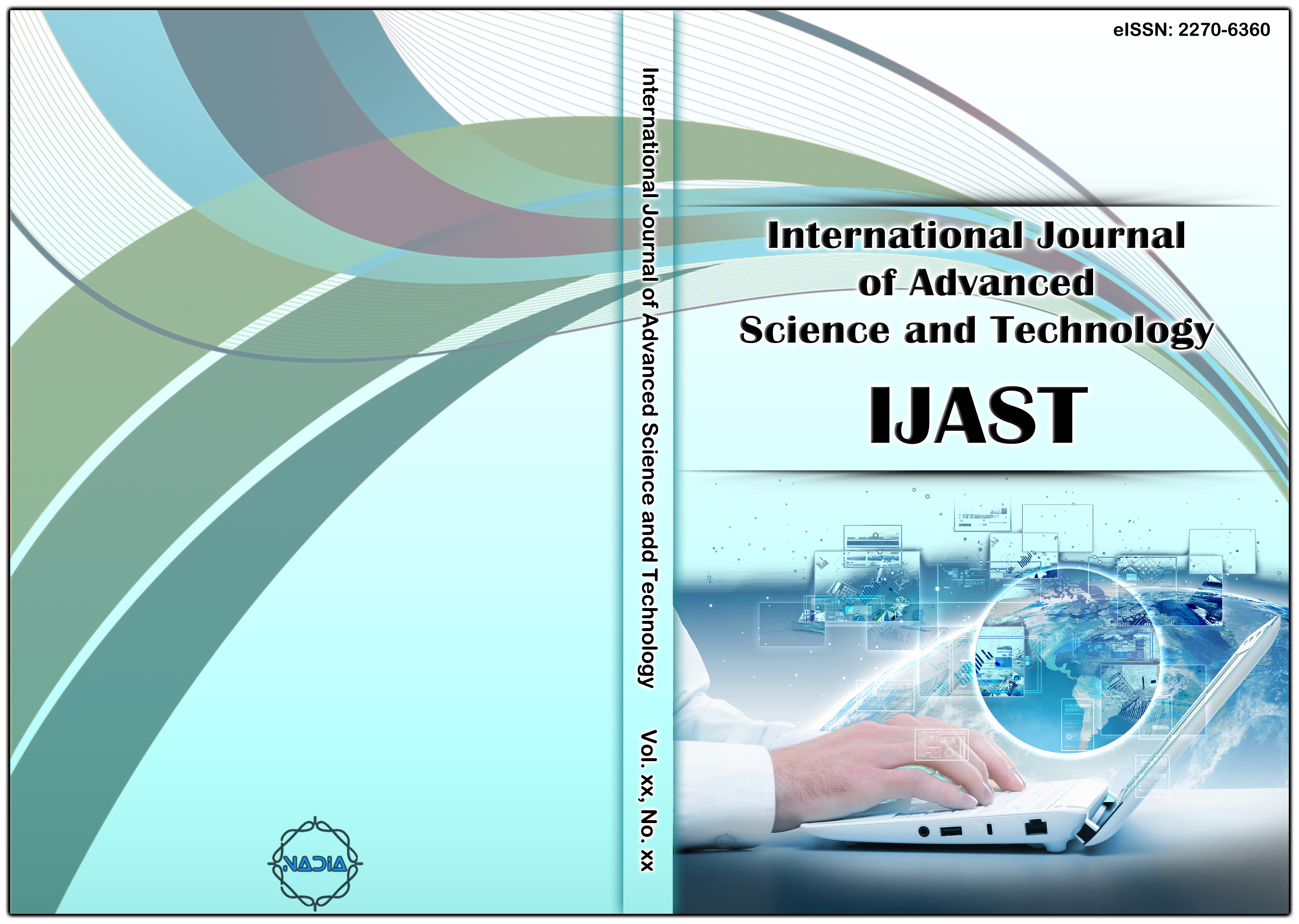[1] A. M. Rush, S. Chopra and J. Weston, “A Neural Attention Model for Abstractive Sentence Summarization”, Proceedings of the 2015 Conference on Empirical Methods in Natural Language Processing, (2015), pp. 379-389, available online: http://www.emnlp2015.org/proceedings/EMNLP/pdf/EMNLP044.pdf, last visit:21.12.2018.
[2] R. Nallapati, B. Zhou, C. Santos, C. Gulcehre, and B. Xian, “Ab-stractive Text Summarization Using Sequence-To-Sequence RNNs and Beyond”, Proceedings of the 20th SIGNLL Conference on Computational Natural Language Processing(CoNLL), (2016), pp. 280-290, available online: http://www.aclweb.org/anthology/K16-1028, last visit:21.12.2018.
[3] A. See, P. J. Liu, and C. D. Manning, “Get to The Point: Summari-zation with Pointer-Generator Networks”, Proceedings of the 55th Annual Meeting of the Association for Computational Linguistics, Vol. 1: Long Papers, (2017), pp.1073-1083, http://dx.doi.org/10.18653/v1/P17-1099.
[4] D. Bahdanau, K. Cho, and Y. Bengio, “Neural Machine Translation by Jointly Learning to Align and Translate”, ICLR 2015: Interna-tional Conference on Learning Representations 2015, (2015), pp. 1-15, available online: https://arxiv.org/pdf/1409.0473.pdf, last visit: 20.12.2018.
[5] R. Mihalcea and P. Tarau, “TextRank: Bringing Order into Texts”, Proceedings of the 2004 Conference on Empirical Methods in Natural Language Processing, (2004), pp. 1-8, available online: http://aclweb.org/anthology/W04-3252, last visit: 21.12.2018.
[6] L. Page, S. Brin, R. Motwani and T. Winograd, “The Pagerank Cita-tion Ranking: Bringing Order to the Web”, Stanford InfoLab, (1999), pp. 1-17, available online: http://ilpubs.stanford.edu:8090/422/, last visit: 21.12.2018.
[7] F. Barrios, F. López, L. Argerich and R. Wachenchauzer, “Varia-tions of the Similarity Function of TextRank for Automated Sum-marization”, Proceedings of Argentine Symposium on Artificial In-telligence (ASAI), (2015), pp. 65-72, available online: http://sedici.unlp.edu.ar/bitstream/handle/10915/52082/Documento_completo.pdf-PDFA.pdf?sequence=1&isAllowed=y, last visit: 21.12.2018.
[8] Y. Wen, H. Yuan and P. Zhang, “Research On Keyword Extraction Based On Word2Vec Weighted Textrank”, 2016 2nd IEEE Interna-tional Conference on Computer and Communications (ICCC), (2016), pp. 2109-2113, http://dx.doi.org/10.1109/CompComm.2016.7925072.
[9] J. Kupiec, J. Pedersen and F. Chen, “A Trainable Document Sum-marizer”, Proceedings of the 18th Annual International ACM SIGIR Conference on Research and Development in Information Retrieval, (1995), pp. 68-73, available online: http://citeseerx.ist.psu.edu/viewdoc/download?doi=10.1.1.452.7100&rep=rep1&type=pdf, last visit: 21.12.2018.
[10] D. O'leary and J. Conroy, “Text Summarization Via Hidden Mar-kov Models and Pivoted QR Matrix Decomposition”, Proceedings of SIGIR 2001 (the 24th Annual International ACM SIGIR Con-ference on Research and Development in Information Retrieval), (2001), http://dx.doi.org/10.1145/383952.384042.
[11] A. Krizhevsky, I. Sutskever and G. E. Hinton, “ImageNet Classifi-cation with Deep Convolutional Neural Networks”, Communica-tions of the ACM, Vol. 60, No. 6, (2017), pp. 84-90, http://dx.doi.org/10.1145/3065386.
[12] C. N. dos Santos and G. Maira, “Deep Convolutional Neural Net-works for Sentiment Analysis of Short Texts”, Proceedings of the 25th International Conference on Computational Linguistics: Technical Papers (COLING 2014), (2014), pp.69-78, available online: http://anthology.aclweb.org/C/C14/C14-1008.pdf, last vis-it: 21.12.2018.
[13] Y. LeCun, Y. Bengio and G. Hinton, “Deep Learning”, Nature, Vol. 521, (2015), pp. 436-444, https://doi.org/10.1038/nature14539.
[14] F. A. Gers, J. Schmidhuber and F. Cummins, “Learning to Forget: Continual Prediction with LSTM”, Neural Computation, Vol. 12, No. 10, (2000), pp. 2451-2471, http://dx.doi.org/10.1162/089976600300015015.
[15] S. Hochreiter and J. Schmidhuber, “Long Short-Term Memory”, Neural Computation, Vol. 9, No. 8, (1997), pp. 1735–1780, http://dx.doi.org/10.1162/neco.1997.9.8.1735.
[16] Y. Wu, M. Schuster, Z. Chen, Q. Le, M. Norouzi, W. Macherey, M. Krikun, Y. Cao, Q. Gao, K. Macherey, J. Klingner, A. Shah, M. Johnson, X. Liu, L. Kaiser, S. Gouws, Y. Kato, T. Kudo, H. Kazawa, K. Stevens, G. Kurian, N. Patil, W. Wang, C. Young, J. Smith, J. Rie-sa, A. Rudnick, O. Vinyals, G. Corrado, M. Hughes and J. Dean, “Google's Neural Machine Translation System: Bridging the Gap Between Human and Machine Translation”, arXiv:1609.08144v2, (2016), pp. 1-23.
[17] M. Galeso, “Apple Siri for Mac: An Easy Guide to the Best Fea-tures”. First Rank Publishing, (2016).
[18] K. Cho, B. van Merrienboer, D. Bahdanau and Y. Bengio, “On the Properties of Neural Machine Translation: Encoder–Decoder Ap-proaches”, Proceedings of SSST-8(Eighth Workshop on Syntax, Semantics and Structure in Statistical Translation), (2014), pp. 103-111, available online: https://www.aclweb.org/anthology/W14-4012, last visit: 21.12.2018.
[19] C. Lin, “ROUGE: A Package for Automatic Evaluation of Sum-maries”, Proceedings of the Post-Conference Workshop of ACL 2004 (Text Summarization Branches Out), (2004), pp. 74-82, avail-able online: http://www.aclweb.org/anthology/W04-1013, last visit: 21.12.2018.
